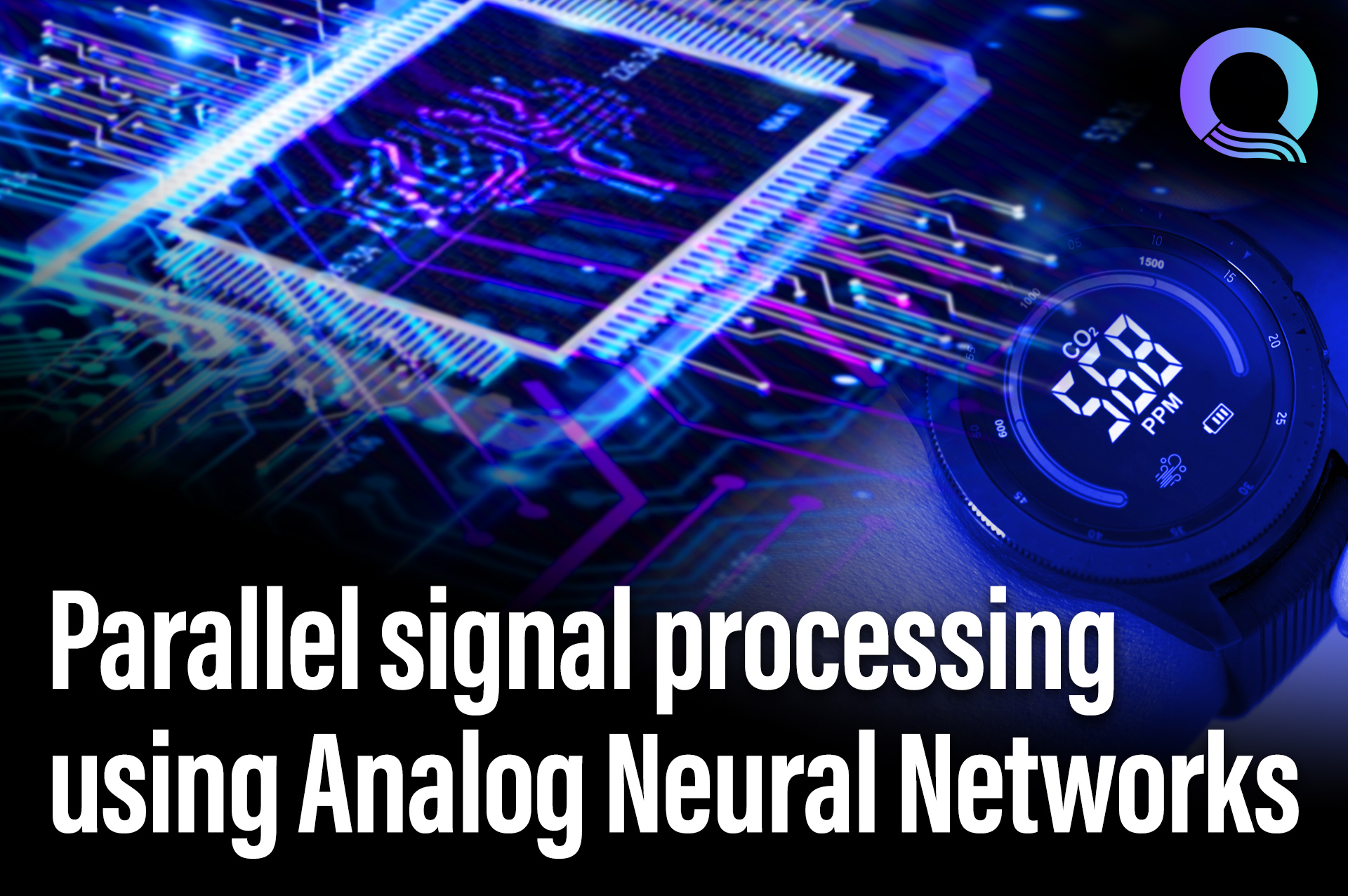At Computex 2025, we met a startup doing something very different with AI chips. SemiQa is building an analog neural network processor designed for ultra-efficient sensor data processing, using a custom memory material that could make dense, real-time edge AI a lot more accessible.
The problem with digital neural networks
As sensor data volumes grow, traditional processors struggle to keep up. Digital neural networks often rely on complex data conversion and consume more power than is ideal for edge applications.
SemiQa’s team believes the bottleneck isn’t in compute – it’s in data movement and conversion. So they’ve eliminated that step entirely by staying in the analog domain.
A custom material with major cost benefits
What makes SemiQa’s chip special isn’t just its architecture—it’s the memory itself. Their team developed a new analog memory material that’s cheaper to produce and easier to scale than traditional memristors.
This gives them an edge in both performance and pricing, especially in systems where dense sensor inputs and power budgets are major constraints.
How it works: analog memory + analog compute
The chip features a matrix of analog memory cells that store both incoming sensor data and neural network weights. It accepts multiple analog input streams—like voice, vibration, or video—and processes them directly without converting to digital.
In practice, this means no ADCs, no wasted power, and no delay. The system can either classify inputs directly or perform fast, low-power preprocessing to guide a digital neural network that follows.
Why you’d use this chip
SemiQa’s technology is ideal for edge devices that need to process continuous sensor data with minimal power drain. Example applications include:
- Smart security cameras with event-based wakeup
- Drones doing onboard vision or object recognition
- Battery-powered industrial sensors with always-on AI
And because the chip is programmable, it can be reconfigured in the field just like a microcontroller—but optimised for dense AI tasks.
A programmable MCU alternative for edge AI
While it’s still under active development, this analog neural network chip could challenge the dominance of microcontrollers in edge AI. SemiQa’s team showed a live demo at Computex with real-time analog memory writes and reads, giving a glimpse into how close this is to being productised.
For designers building next-gen edge systems, this could be the preprocessing engine that unlocks longer battery life, lower latency, and more intelligent sensor nodes.
Comments are closed.

Comments
No comments yet